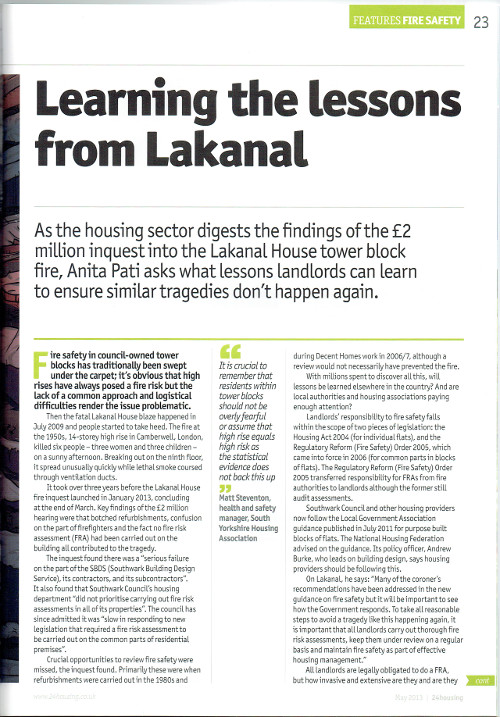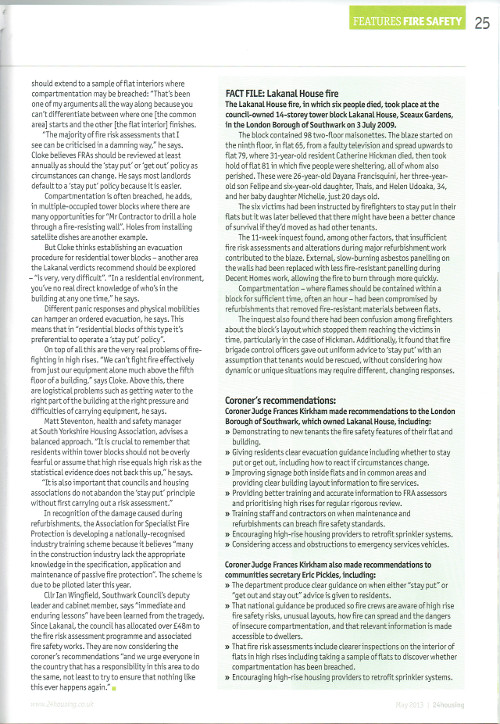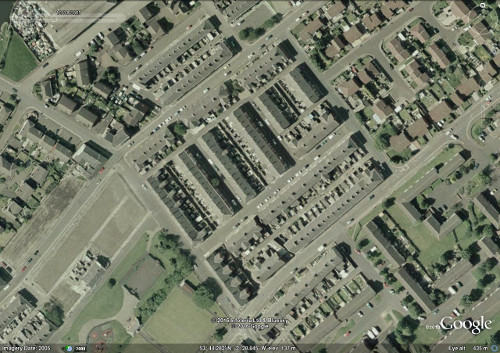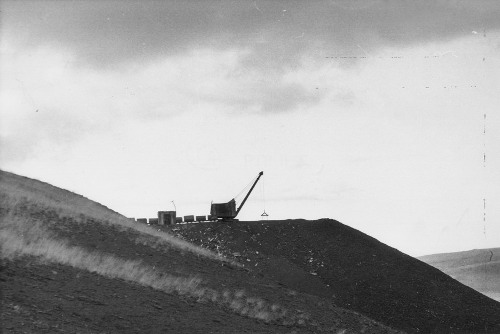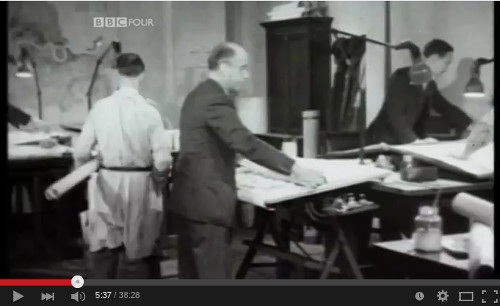Grenfell Tower – Lakanal report
June 15th, 2017
Vote Tory and kiss the NHS goodbye
May 29th, 2017
Following the “debate” last night which, incidentally, I think Jeremy Corbyn won hands down,
I found this. It makes chilling watching. I recommend you watch it and make up your own mind.
Helen June Heath-Coleman – in memoriam
December 15th, 2016

July 19th 1955 – December 15th 1976
I was her neighbour and attended the cremation. I would like to be reminded of her appearance. If you have a photograph please get in touch via the Author page.
The submarine hotel – Great Russell Street
December 11th, 2016

HT @PaulWellman_EG via @michaellondonsf
Since I found out about this the other day and this happened in Islington, I’ve been wondering, how would it be if you’re asleep in your bed fifty feet underground and a water main bursts in the street above? The former car park basement would fill with water, there would be no warning other than the occupants getting wet and then drowning. The basement would have no bilge pumps to clear the water.
The human mole – zero aspect hotel rooms
December 9th, 2016

“I think a decision like this lets down the whole of the West End. We are supposed to be a world-class city, which means showing the lead to others.” She added that visitors would be treated, “like a bunch of troglodytes in an underground cave”.
This is a joke right? I’ve parked in that car park, way underground back in the 1970s. Not in a million years would I have imagined somebody planning to park people underground and make them pay for the privilege. Is it April 1st yet?
Blackburn terraces – now you see them . . .
November 22nd, 2016
“Slum clearances without the Socialism” – Owen Hatherley
I was reading the Guardian online today. This to be specific. Building affordable homes for rent is more vital than new roads then in the comments I found this . . .
. . . and opened Google Earth. I found nothing in Burnley but then in Blackburn, this.
Aberfan remembered III
October 29th, 2016
https://www.alangeorge.co.uk/AberfanDisaster_Page2.htm
On the evening of October 21st 2016 I drove from Merthyr to Cardiff to hear the Aberfan Memorial Lectures by five members of the London Geological Society. My recordings of the talks are linked below, split into the relevant parts:-
Introduction by Paul Maliphant - Development and Projects Director, Mott MacDonald Ltd
Aberfan remembered II
October 24th, 2016
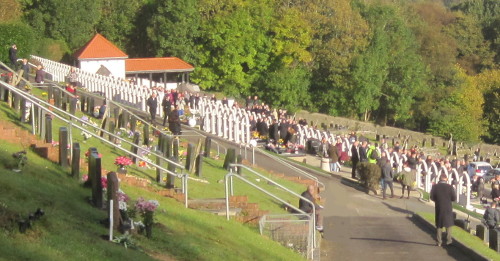
The morning of Friday 21st October 2016 arrived cold, crisp, clear and sunny. I drove from Merthyr Tydfil via the nearby village of Troed-y-rhiw to a busy Aberfan already filling with cars and parked on a steep street before walking quickly up to the cemetery for the 0915 memorial service. I was handed the leaflet below on approaching the memorial area. (see footnote)
Despite the chill in the air, as the morning wore on the sun’s warmth won through and before long it was a lovely morning up on the hillside on this sad occasion.
Aberfan remembered
October 21st, 2016
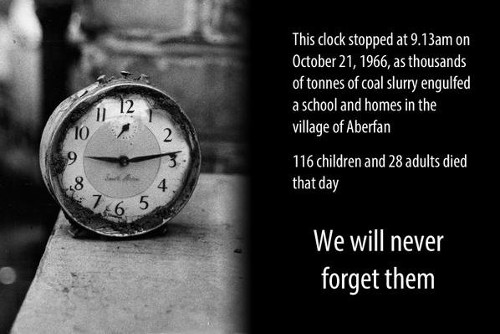
“Blame for the disaster rests upon the National Coal Board” – Inquiry
“Chairman . . .
Could anybody before Tip 7 started — not necessarily a surveyor or an engineer or anything of that kind — could I walking up that mountainside before Tip 7 began fail firstly to see that there was a stream on the land which later became covered by Tip 7? If I used my eyes at all, could I possibly fail to see it?
A. – You could not fail to see it, my lord, no.
Q. – What about the spring you have been referring to? Could a lawyer, with no knowledge of these expert matters at all, taking a country walk up that mountainside, fail to see the place of the spring you have spoken of, or (if the weather was dry) that there was a place where in wetter weather a spring probably ran — could you fail to see that?
A. – He could not fail to see it, my lord, no.
Q. – Those are the stream and the spring, we understand, you tell us later on were covered by Tip 7?
A. – Yes, my lord.”
Paragraph 98 – Evidence of the slinger, Mr. D. B. Jones
Thatcher reviewed in the Architects Journal
April 14th, 2015
A good article from the 11th in the AJ which makes good if uncomfortable reading for those of us who remember the years before it was all dismantled.
The biggest impact on the profession was the closure of the vast majority of public sector architect departments. In-house council teams had employed thousands of architects across the country.

